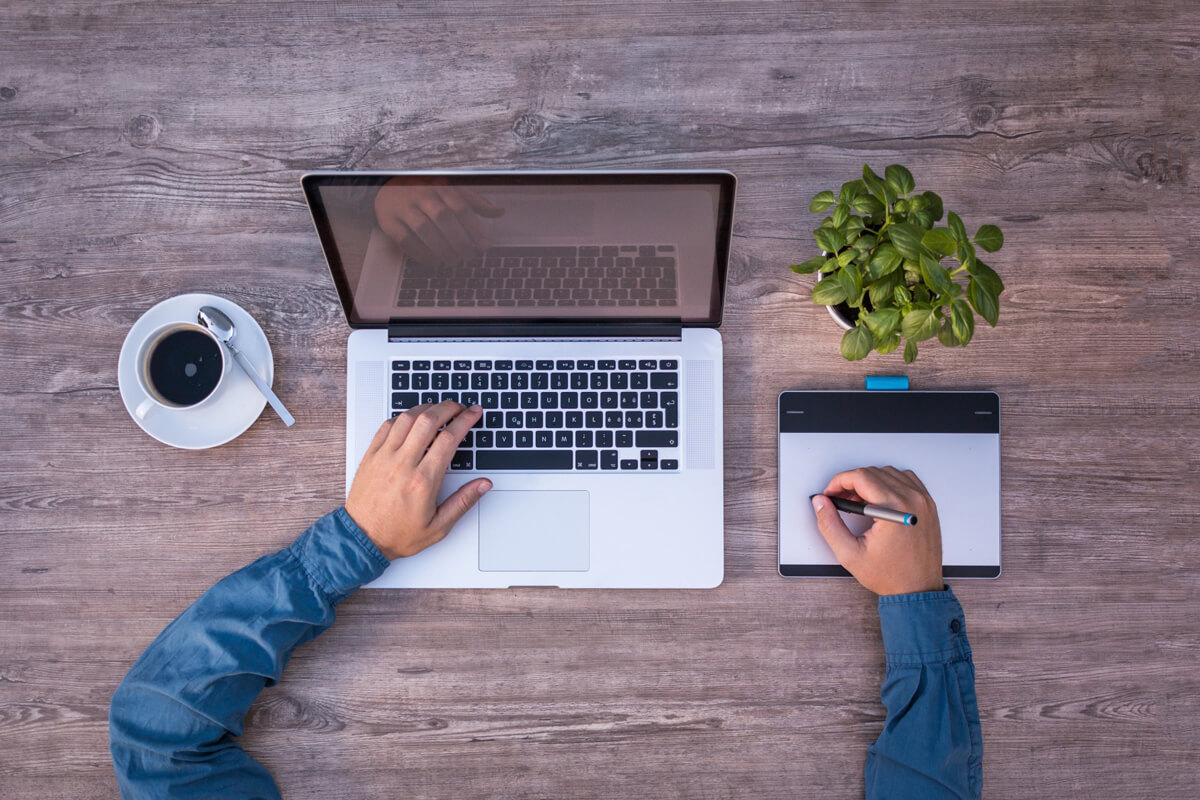Let's be frank at the start that these are not new ideas. Color psychology had been around a long time, as far back as Egyptians in 5000 BCE, Isaac Newton in the late 1600s, and Goethe in 1810. Website design trends come and go as our society decides some things are more important than others, or technology gives us new tools for expression.
That's basically what's going on in this year's design trends. With new technologies like CSS3, experience and understanding in how to use HTML5, and being able to implement high-res graphics and animations like never before, 2021 is already looking like an amazing year.
How can you cash in on the website design trends for e-commerce marketing and more in 2021?
Get a notebook or open an app, we've got you covered. Keep reading to find out!
Color
Color is important in ways we just don't comprehend in our daily (or even conscious) lives. More than anything else, color can make or break our experience of the world as sighted people.
Even if we have "color blindness" the lack of color information opens other avenues of art and beauty that someone with full color capabilities might not notice in the slightest.
Bold Colors
All that being said, bright and bold colors—even oversaturated ones—are coming in vogue. Why the boldness? Screens today are more vivid than ever. The default color space is sRGB for a wealth of devices and the internet, but that is changing.
The sRGB color space is well suited to CRT monitors, but not our OLED and IPS displays. We can do more, we should be doing more. DCI-P3 is a color space being pushed by the Digital Cinema Initiatives (DCI) association, specifically because of our devices.
Apple, Samsung, and Google are on board, and you can expect to see the change in websites and devices accordingly.
There is a caution to this tale, however. Too many colors, especially overly contrasting ones, are generally overwhelming to our eyes and fatigues them quickly. Make sure to have vivid colors, but don't make it look like someone shot confetti all over your website.
Color Psychology
It's important to note that 85% of shoppers believe that color was their main motivator for why they bought a product. Couple that with 80% of a brand's recognition coming by color, and it's important to pick a color that matches the theme of your brand.
Every color has a mood, a feeling, and an effect on your users and customers. It's generally a very good idea to follow what Neil Patel is promoting for appropriate use to drive a website's conversions and engagement.
User Experience
User experience is the single biggest factor of whether or not you will get a conversion. Things like bounce rate depend on aesthetics and useability together. If they get to the page and it looks amazing but users have no instant understanding of how to navigate it or use it, they'll leave faster than your page loads.
Page Speed
Page speed accounts for the first barrier to your customers using and converting on your site. Pinterest found ways to optimize their page using a technique called "lazy loading" that is becoming more mainstream.
Rather than loading the page as a whole, Pinterest (and others) got the bright idea of only loading the "above the fold" section of their page first. Since loading tons of images cost a lot of bandwidth, it capitalized on an idea of "Perceived load time."
in 2021 expect lazy loading and infinite scrolling (loading content as you scroll) to be a big part of your browsing experience.
Accessibility features
We talked about color being something that colorblind individuals might struggle with when it comes to having a fruitful experience. You might not realize that there are different view modes as a designer that you can use to simulate a colorspace that those with colorblindness have (various kinds, at that).
While it's very useful in design to know what about 4.5% of the world's population will see, it isn't the only accessibility issue. Voice interfaces and interactivity will help many millions of physically disabled people—not just in the United States but worldwide.
Still, some issues with voice recognition technology need to be overcome with some physical disabilities that affect voice quality.
A practical and less heavy trend will also be "dark mode" optimized websites. Keep in mind this also will affect your logo, since it will be against a dark background. Simple inversions won't cut it, it takes actual design to do well.
Dark mode websites and apps are becoming popular because it reduces eye strain from looking at white backgrounds. In reality, the screen is producing a white color by shining red, green, and blue pixels into your eyes.
Since our eyes also use red, green, and blue cones to register the colors—and they are not equal in number—our eyes get fatigued. Many people even use blue-blocking night-mode apps all day to reduce blue-light strain, which puts a reddish overlay on everything.
Whitespace
Dark mode also works well with white space, which doesn't have to be white at all. It's not a new idea and has been something that designers have been struggling to use in different mediums since the invention of cave paintings, the stylus, and print presses.
Be ready for excellent use of whitespace in the coming year, including different z-axis layering to bring a 3D element into website whitespace design.
User Engagement
Micro animations are taking the place of cinemagraphs of old, and are another form of interaction your site can have with a user. Cinemagraphs are basically GIFs of high quality that repeat in a subtle loop. However, cinemagraphs are non-interactive.
Get ready to see more embedded looping mp4 videos in place of GIFs for a seamless experience that is HD or 4k quality. It comes muted, but you can choose to loop or show controls on most embedded browser-played video sources.
Other players hosted by services might disable the controls altogether but add other interactions.
Some websites are adding javascript effects to their websites to create little animations that follow your mouse. Expect mico-animations and animations that react to your engagement on the website (such as a gift box exploding confetti when you click on it or rollover) to increase.
Website Design Trends—Are You Ready?
Website design trends are always changing yearly, by the quarter, and sometimes even weekly. Technology and public perception are the biggest drivers of these trends, along with experience with new technology from creatives.
The past few years have been a boom of new technologies and social change, especially with COVID-19. Creatives have been hard at work figuring out new ways to use their free time, and more people want to express themselves than ever in creative ways.
Be ready for 2021 to make waves.
If you want to make waves, which trends will you be following and implementing? Optuno is empowering opportunities in your e-commerce site or personal page by following the trends closely, so you don't have to.
Want to know how? Contact Optuno today and schedule a free consultation to see how we can help you!




 View Printer Friendly Version
View Printer Friendly Version



